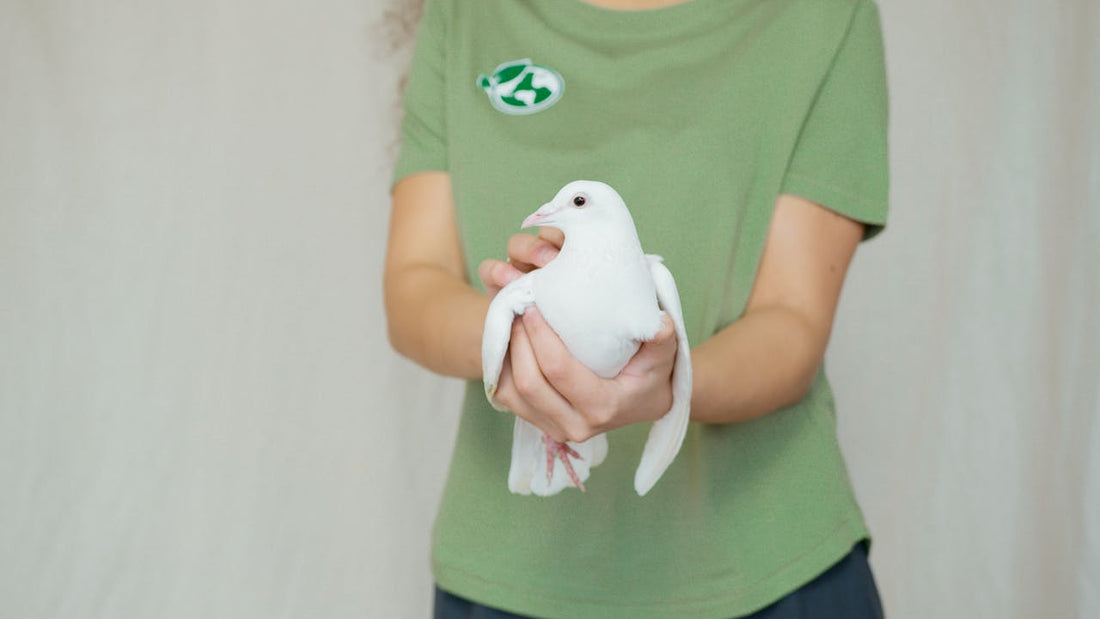The Benefits of Regular Wing Clipping for Pet Birds

Caring for a pet bird involves more than just providing food and a comfortable cage; it also means ensuring their safety and well-being. One often-discussed aspect of bird care is wing clipping. While some pet owners are hesitant about this practice, regular wing clipping can provide several benefits for both the bird and its owner. In this article, we’ll explore the advantages of wing clipping and offer guidance on how to do it safely.
What is Wing Clipping?
Wing clipping is the process of trimming the primary feathers of a bird's wings. This is usually done to prevent flight, allowing for safer interaction with the pet and reducing the risk of accidents. It is important to note that wing clipping should always be done thoughtfully and, ideally, by a veterinarian or a trained professional.
Benefits of Regular Wing Clipping
1. Increased Safety
One of the primary reasons for wing clipping is safety. Unclipped birds can easily fly into dangerous situations, such as windows, ceiling fans, or other household hazards. By clipping their wings, you reduce the likelihood of injury, helping to keep your feathered friend safe within your home.
2. Better Control and Handling
Clipped birds are easier to handle and control, which is particularly beneficial during playtime or training sessions. This makes it easier for owners to establish trust and bond with their birds. With reduced flight capability, birds are less likely to escape or fly away, allowing for more enjoyable and interactive time together.
3. Minimized Stress in Confined Spaces
If you live in a smaller space, an unclipped bird may become stressed by attempting to fly around in a confined area. Clipping wings can help your bird feel more comfortable in smaller spaces, reducing anxiety and promoting a calmer environment.
4. Preventing Escape
Birds are naturally curious and will often seek out open doors and windows. Clipping their wings can help prevent unwanted escapes, which can be particularly dangerous for pet birds. A clipped bird is less likely to take off if a door is accidentally left open, giving owners peace of mind.
5. Easier Transition to Outdoor Time
For bird owners who enjoy taking their pets outdoors, clipped wings can make outdoor adventures safer and more manageable. With limited flight capability, birds are less likely to fly away when exposed to the vastness of the outdoors, allowing for supervised outdoor time without the constant fear of them escaping.
6. Encouraging Ground Play
Clipped birds tend to spend more time on the ground or in their cages, which can encourage them to explore toys and engage with their environment in different ways. This can lead to increased mental stimulation and healthier play habits.
How to Clip Wings Safely
If you decide that wing clipping is appropriate for your bird, here are some essential tips to do it safely:
-
Consult a Professional: Always consider consulting a veterinarian or an experienced bird groomer for the first clipping. They can demonstrate the process and ensure it’s done correctly.
-
Use Proper Tools: Use sharp, sanitized scissors or specialized bird clippers to ensure a clean cut. Avoid using regular scissors, as they may cause injury.
-
Limit Feather Cutting: Only clip the primary flight feathers (the longest feathers at the tips of the wings) and avoid cutting any blood feathers (feathers that are still growing and have a blood supply). Clipping too many feathers can lead to pain and injury.
-
Handle with Care: Make sure to handle your bird gently during the clipping process. Keep them calm and secure to minimize stress.
-
Monitor After Clipping: After clipping, observe your bird for any signs of distress or discomfort. Provide a safe, comfortable environment while they adjust.
Conclusion
Regular wing clipping can be a beneficial practice for pet bird owners, enhancing safety, control, and overall well-being. While some may view it as unnecessary, the advantages often outweigh the concerns when done correctly and compassionately. If you are considering wing clipping for your bird, always seek guidance from a professional to ensure the best care for your feathered friend.
